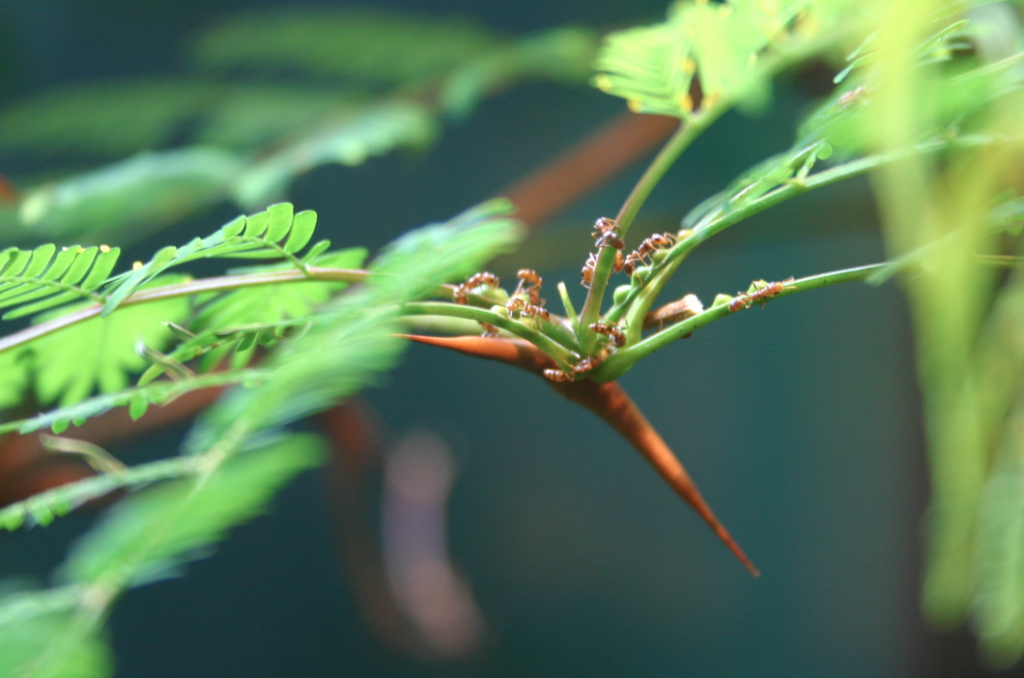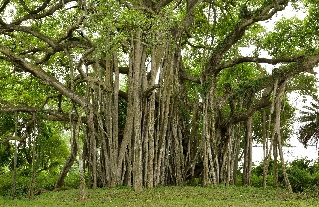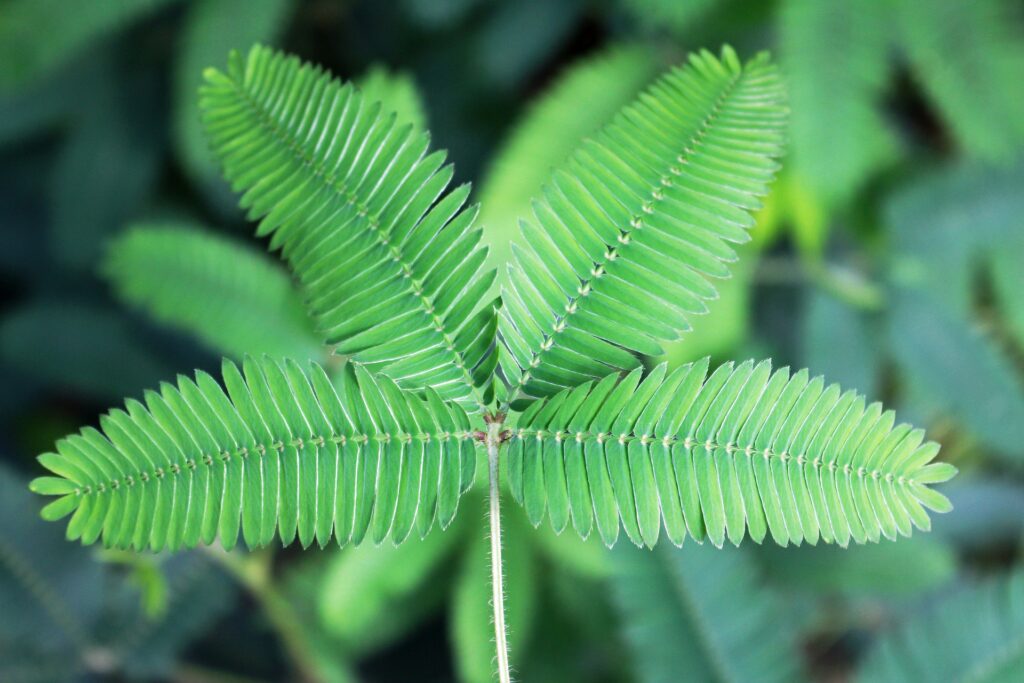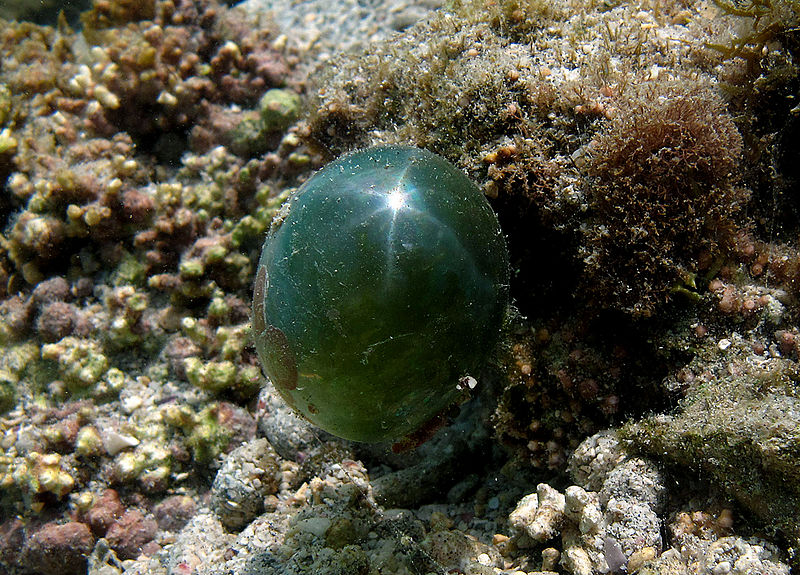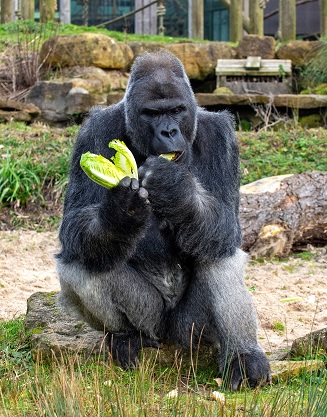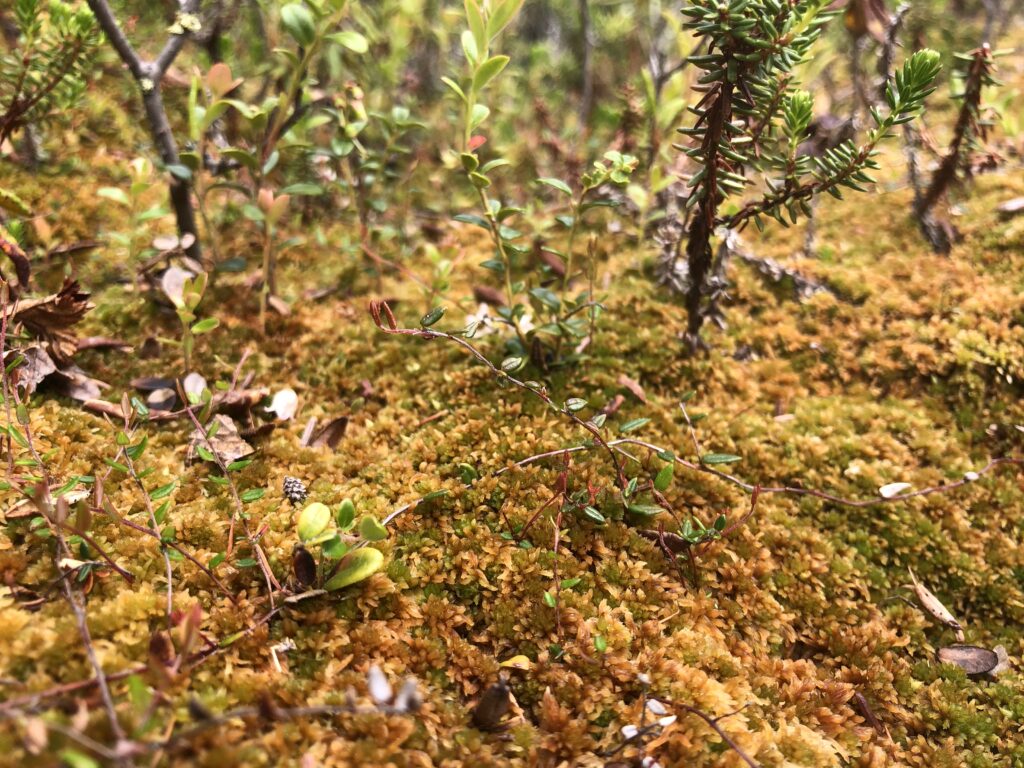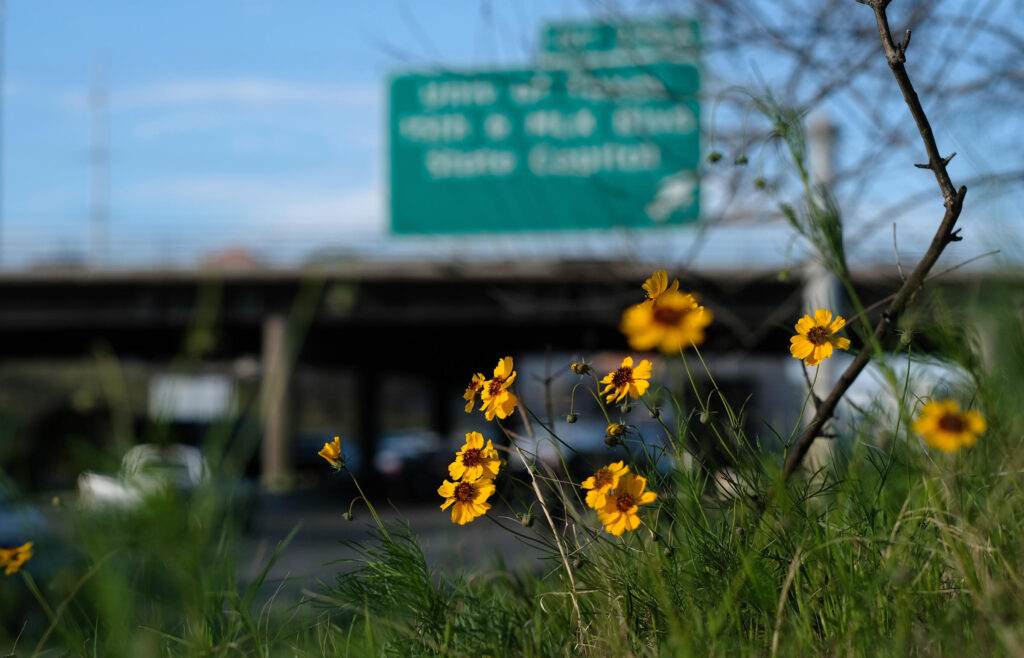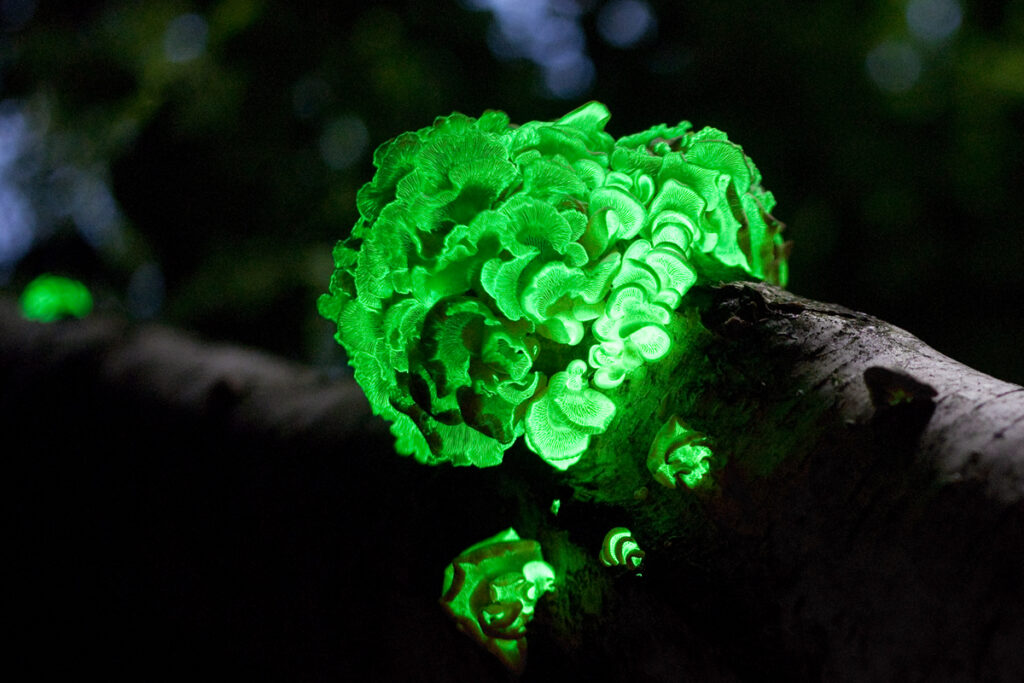June 16, 2022
Fun Fact: Acacia trees will change the rewards they provide to their symbiotic ants depending on how good they are at their jobs.
Swollen-thorn acacias, most famously Vachellia collensii, are known for their symbiotic relationship with ants. They provide a bunch of services for their trees, including attacking herbivorous insects, clearing encroaching vegetation, and even protecting them from disease by distributing antibiotics synthesized by bacteria living on their legs. In return, the trees reward their ants with food in the form of protein-rich Beltian bodies and sugar-rich nectaries, and with secure housing inside hollow thorns that have evolved specifically for the purpose. Sweet deal.
One of the best-known ant symbionts is Pseudomyrmex spinicola. They do everything expected of them and help their host plant to thrive. The kind of neighbour you’d lend a cup of sugar to (literally). Crematogaster crinosa however, is a little less desirable. They are lazy defenders against herbivores, fail to clear encroaching veg, and are not known to spread antibiotics. A bunch of formic freeloaders. Considering the difference in services, you’d think the acacia would pay their little buddies differently. And you’d be right… although probably not in the way you would think.
In a three-month study, Amador-Vargas and Gijsman (2021) monitored acacia trees at two sites, one which supported both ant species, and one with only P. spinicola. The authors found that the quality and quantity of accommodation (thorns) remained the same between the two sites, but the food rewards did not. Acacias with colonies of only P. spinicola produced nectaries along the bases of their leaves, while those also supporting C. crinosa sported them at their leaf tips too. Rude. The authors suggested that the extra nectaries encouraged the lay-about-Larry’s to traverse the leaves to reach an extra reward, leading them to drive away pests they might not have encountered otherwise. Hardly seems fair to the poor P. spinicola who did not need to be bribed to achieve the same goal.
If you’re interested in further reading, see their paper: Gijsman, F., González, Y., Guevara, M. et al. Short-term plasticity and variation in acacia ant-rewards under different conditions of ant occupancy and herbivory. Sci Nat 108, 31 (2021). https://doi.org/10.1007/s00114-021-01738-w

